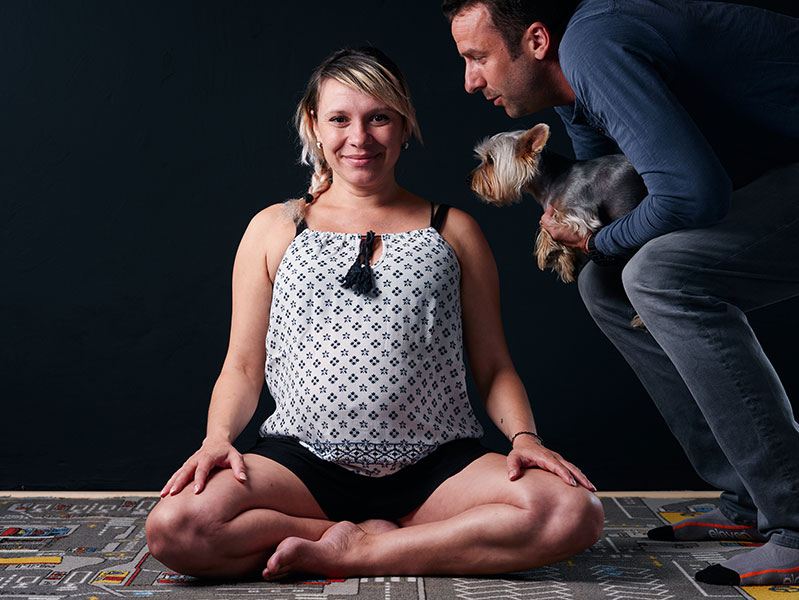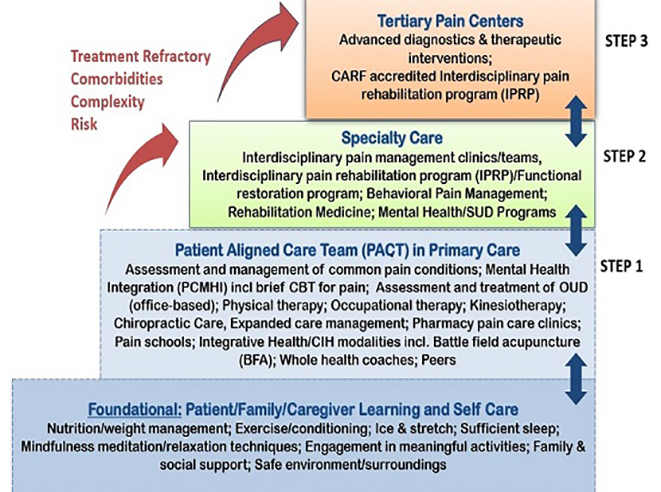
Meditation in rain allows you the opportunity to start by visualizing a current problem. You might be dealing with a difficult situation right now, such as a fight or loss in a relationship, or an addiction. Or maybe you are having a difficult conversation. You can start to look at your life from within and be aware of the most difficult times. Then, tune in to the healing power and RAIN.
Try to be present in the moment, and not worry about your anxiety. You can stop the practice before you reach step three. You can continue the process until your calm level is attained. Once you feel you are comfortable with the steps, add another type of meditation to you daily routine. You can also integrate the RAIN technique into other forms of meditation. If you find that you are drawn to combining these, you can do so.

Meditation in rain can be done almost anywhere. There are benefits to meditation in all situations, from relieving stress to reducing anxiety and pain. Many people find it difficult when it rains to be quiet, so they try meditation while out in the rain. This method is particularly beneficial for people who suffer from depression, anxiety, or other disorders. The benefits of this method will be enormous if you can do it.
RAIN has the main advantage of being free from any equipment and can be used as a meditation on its own. It can be practiced whenever you feel challenged by feelings. You can also learn how to do RAIN with your partner. The complete guidebook RAIN: A Praxis of Radical Compassion explains the steps and how to apply them. It is a practical guide to this technique and also includes translations in many languages.
Meditation in the rain can provide many benefits. It can be used to help you ground yourself and transform your RAIN experience into something spiritual. It is important to note that RAIN can make an already difficult emotional experience worse. Before you resort to RAIN, consult a therapist.

In this environment, meditation in the rain can be difficult. Feeling the emotions you're feeling will help you to explore them. You will find that it is both healing and empowering. This can help you become more compassionate and accept of your emotions. It is also helpful for those who feel anger or are uncertain of how to manage it. This practice will help you learn how you can deal with stress caused by grief.
FAQ
What should I eat?
Consume lots of fruits, vegetables. They are rich in vitamins that can strengthen your immune system. Additionally, vegetables and fruits are high fiber. This helps with digestion and keeps them full. You should eat at least five servings per day of fruit or veg.
Drink plenty of water. Water flushes toxins from your body and helps you feel full between meals. Drink about eight glasses each day.
Refined grains should be replaced with whole grains. Whole grains retain all nutrients including B vitamins, iron and zinc as well as calcium, magnesium, calcium, protein, and magnesium. Refined grains are stripped of some of their nutritional value.
Sugary drinks should be avoided. Sugary drinks are high in empty calories and can lead to obesity. Instead, choose water, milk, and unsweetened tea.
Avoid fast food. Fast food is low in nutritional value. It may taste great but it won't give you the energy you need to function properly. Instead, stick to healthier options such salads and soups as well sandwiches and pasta.
Reduce your alcohol intake. Alcohol can lead to poor nutrition and empty calories. Limit yourself to no more than two alcoholic beverages a week.
Reduce your consumption of red meat. Red meats can be high in cholesterol and saturated fat. You should choose lean cuts like beef, pork lamb, chicken and fish instead.
How to measure body weight?
A Body Fat Analyzer (BFA) is the best method to measure bodyfat. These devices can be used to measure body fat percentages in people who are trying to lose weight.
How can I control my blood pressure?
It is important to first understand what high blood pressure is. Next, take steps that will reduce the risk. You can do this by eating less salt, losing weight, or taking medication.
You also need to make sure you are getting enough exercise. If you don’t have enough time to exercise regularly, consider walking more often.
A gym membership is a good idea if you don't like how much exercise your doing. A gym that has other members who are motivated by your goals will be a good choice. You will find it easier to keep to a workout schedule if you have someone to watch you at the gym.
What is the working principle of an antibiotic?
Antibiotics are medications that kill harmful bacteria. To treat bacterial infections, antibiotics are used. There are many types and brands of antibiotics. Some can be taken orally while others are injected. Others are topically applied.
People who have been exposed may be prescribed antibiotics. If someone has chicken pox, they might need to take an oral antibiotic in order to prevent shingles. For those with strep-thorphritis, an injection of penicillin could be administered to prevent them from getting pneumonia.
When antibiotics are given to children, they should be given by a doctor. Side effects of antibiotics can be more dangerous for children than for adults.
The most common side effect of antibiotics is diarrhea. Side effects of antibiotics include diarrhea, stomach cramps and nausea. These symptoms generally disappear once the treatment has finished.
How often do I need to exercise?
For a healthy lifestyle, exercise is vital. However, there isn't a set amount of time you must spend working out. Finding something you enjoy is key. Stick with it.
Three times a week, you should be aiming to complete 20-30 mins of moderate intensity activity. Moderate intensity means that your muscles will continue to work hard even after you finish. This type is good for burning around 300 calories.
Walk for at least 10 minutes four days a weeks if you prefer walking. Walking is easy on the joints and has low impact.
If you'd rather run, try jogging for 15 minutes three times a week. Running is a great way to burn off excess calories and build muscle tone.
You can start slow if you're new to exercise. Begin with 5 minutes of cardio every other day. Gradually increase your cardio time until you reach the goal.
Why do we need to have a healthy lifestyle?
Having a healthy lifestyle helps us live longer, happier lives. Regular exercise, healthy eating habits, healthy sleep habits and stress management can all help prevent strokes, heart disease, diabetes, and cancer.
Healthy lifestyles will help us to cope with daily stresses better and improve our mental health. A healthy lifestyle will help us feel more confident and younger.
Statistics
- WHO recommends reducing saturated fats to less than 10% of total energy intake; reducing trans-fats to less than 1% of total energy intake; and replacing both saturated fats and trans-fats to unsaturated fats. (who.int)
- nutrients.[17]X Research sourceWhole grains to try include: 100% whole wheat pasta and bread, brown rice, whole grain oats, farro, millet, quinoa, and barley. (wikihow.com)
- In both adults and children, the intake of free sugars should be reduced to less than 10% of total energy intake. (who.int)
- Extra virgin olive oil may benefit heart health, as people who consume it have a lower risk for dying from heart attacks and strokes according to some evidence (57Trusted Source (healthline.com)
External Links
How To
What does the "vitamins” word mean?
Vitamins are organic compounds naturally found in food. Vitamins aid us in absorbing nutrients from the food we eat. Vitamins cannot be made by the body; they must be taken from food.
There are two types if vitamins: water soluble, and fat soluble. Water-soluble vitamins dissolve readily in water. You can find vitamin C,B1 or thiamine, B2 or riboflavin and B3 or niacin, B3/niacin, B6/pyridoxine, folic Acid, biotin and pantothenic Acid as examples. The liver and fatty tissues are home to fat-soluble vitamins. Some examples include vitamin D and E, K, A and beta carotene.
Vitamins can be classified by their biological activity. There are eight main groups of vitamins.
-
A - essential for normal growth and maintenance of health.
-
C is important for nerve function and energy production.
-
D - Essential for healthy teeth and bones.
-
E - needed for good vision and reproduction.
-
K - Required for healthy nerves and muscles.
-
P - Essential for strong bones and teeth.
-
Q - Aids digestion and iron absorption
-
R – Required for the formation of red blood vessels.
The recommended daily allowance (RDA) of vitamins varies depending on age, gender, and physical condition. The U.S. Food and Drug Administration has established the RDA values.
For adults aged 19 and older, the RDA for vitamin B is 400 micrograms daily. Pregnant women require 600 micrograms daily to support fetal development. Children ages 1-8 require 900 micrograms per day. Infants under one year of age require 700 micrograms per day, but this amount decreases to 500 micrograms per day between 9 months and 12 months of age.
Children between the ages of 1-18 need 800 micrograms per daily for obesity, while children overweight require 1000 micrograms. Children underweight or obese will need 1200 mg per day.
Children between 4 and 8 years old with anemia will need 2200 micrograms daily of vitamin C.
2000 micrograms is the minimum daily intake for adults over 50 years old to maintain good health. Because of their higher nutrient needs, women who are pregnant or nursing need 3000 mg per day.
Adults over 70 years of age need 1500 micrograms per day since they lose about 10% of their muscle mass each decade.
Women who are pregnant or nursing need more than the RDA. Pregnant women require 4000 micrograms daily during pregnancy, and 2500 micrograms every day after birth. Breastfeeding mothers need to consume 5000 micrograms every day when breastmilk has been produced.